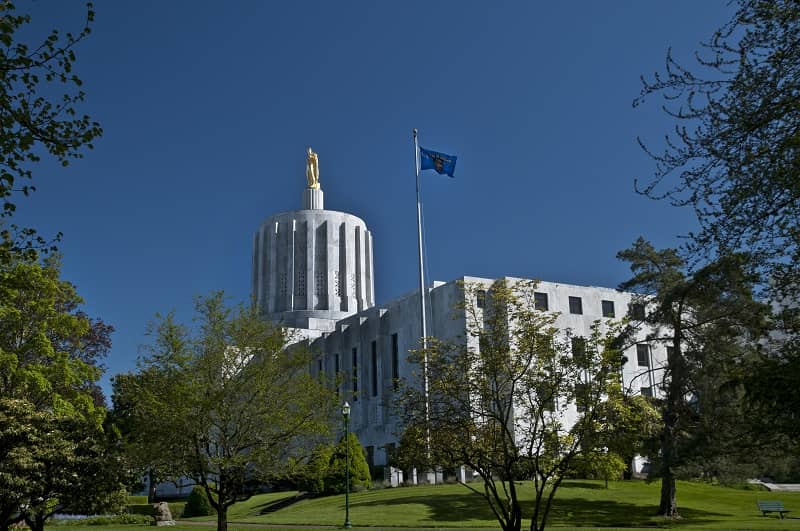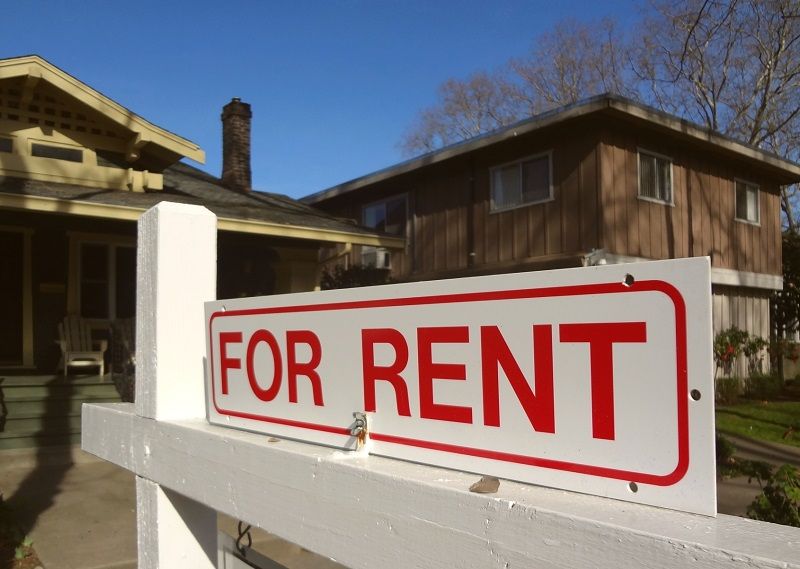
At the cost of $819 billion, the current House version of the Obama Stimulus Plan is more than twice as costly as the much-reviled Iraq War to date. Passage of a stimulus plan, according to President Obama, is an urgently needed and critical step to a rapid recovery. In fact, as I argue here, the Plan is simply a standard-issue spending program masquerading as stabilization policy, and unlikely to provide useful stimulus.
Why Fiscal Policy Doesn’t Work
If Nobel-laureate economist Milton Friedman were still alive today, he would be shaking his head in dismay at the current version of Stimulus Plan. Dr. Friedman, whom I had the pleasure of knowing, was a strong skeptic of the usefulness of fiscal policy as an economic stabilization tool. Fiscal policy (the use of changes in government spending or tax revenue collection to influence the economy) has both fatal theoretical flaws and weak empirical justification.
The basic theoretical flaw is that fiscal policy assumes that a plan based on government-selected spending programs is more effective than tools that encourage private work, investment and spending. It also implicitly assumes that the enlargement of the spending or tax rebates has no offsetting, negative effect on private economic activity.
A burst of government spending might, indeed, transiently result in hiring associated with that spending. But a rational private sector recognizes that the spending degrades economic prospects overall, as crowding out of private investment and spending, expansion of taxation, and/or inflationary monetization of the deficit necessarily must take place.
Even if it had transient, positive effects, fiscal policy has the additional liability of being slow to implement. The Congressional Budget Office recently admitted that much of the spending on infrastructure would not hit the economy until 2011.
A Sorry Record in Practice
The empirical record of fiscal policy as a stabilization tool is consistent with these theoretical expectations. Indeed, Obama’s new chair of his Council of Economic Advisors, Dr. Christina Romer, published (with David Romer) a comprehensive study of how to stop recessions. The 1994 study concluded that “monetary policy has been crucial in ending recessions, while fiscal policy has contributed very little.”
Similarly, Dr. Ben Bernanke, chair of the Federal Reserve Board of Governors and an acknowledged expert on the Great Depression, also emphasized banking and monetary factors. Indeed, in his studies of the New Deal, he concluded that “…federally-directed financial rehabilitation…was the only New Deal program that successfully promoted economic activity” (Bernanke, 2000, pp. 62-63).
Looking overseas, the story is the same. The Japanese have been trying to use fiscal stimulus for more than a decade to resurrect their once-great economy. Every burst of infrastructure spending and other fiscal missteps has simply led to further retreat of private activity. Households have been saving, rather than spending, in anticipation (correctly) of the future weakness of their government as a social backstop.
As a consequence of nearly 120 trillion yen in stimulus spending, only the Japanese have a cumulative national debt that is greater (in relation to the size of their economy) than the U.S. Passage of the Obama stimulus plan likely will give us the dubious distinction of top billing by this measure.
A Shot in the Dark
Looking into the details of the Obama plan (as they are at this writing, in the House version) makes it clear why fiscal expansion is such a shot in the dark. The program has two general elements. The first and largest share of the $800 billion price tag is comprised of spending on things that government thinks are good for us. But if these things have such obvious benefits in excess of their costs, why have voters not previously embraced them? Why have they remained on the shelf?
The answer is that taxpayers have not come forth to underwrite these “shovel-ready” projects because other elements of their private and public spending were more important still. Consequently, using a stimulus plan to build them despite their low priority in the public’s scheme of things actually will retard, rather than stimulate, economic growth. Households, in essence, are being asked to sacrifice something valuable for something less valuable.
Other spending elements of the stimulus plan are simply standard-issue social welfare programs and not stimulus items at all. The House version of the Plan includes $117 billion on new health care initiatives, for example. This may or may not make good health care policy, but it does not stimulate the economy.
Jochen Hartwig studied health care spending and economic growth in 21 OECD countries. His 2008 study finds that we have long-since passed the point where more health care spending is good for the economy. Indeed, across all 21 countries (including the U.S.), each 10 percent increase in health care spending per capita reduces per capita economic growth by about 3 to 4 percent.
Tax Cuts that Aren’t
The other, big part of the Obama plan takes the form of so-called “tax cuts.” These are not reductions in tax rates, but rather credits against other tax obligations and even payments to those who pay no tax. The centerpiece of the $275 billion set aside in the House version of “tax cuts” is the somewhat oxymoronic Make Work Pay Credit, whereby taxpayers and even non-tax payers received credits or refunds at tax time. Obama hopes that quick-to-implement tax cuts will encourage the targeted, low- and middle-income workers to spend money.
Unfortunately, the proposed credits are small, and theory and history suggest that they will be used primarily to pay off debt, not to stimulate spending. More importantly, one-time refunds do nothing to change the calculus of how high marginal tax rates impair the incentives to work, invest and take risk. It may seem a technicality to non-economists, but as Dr. Friedman made clear with theory and evidence, people’s spending depends on their sense of what a policy does to their long-term income prospects. (He called this concept “permanent income.”) One-shot tax credits do nothing to affect permanent income and, thus, are largely saved rather than spent. Again, no (or miniscule) stimulus results.
What Should Be Done?
There is no free lunch in economics. But the track record is clear that monetary policy is far more potent and timely than fiscal policy. Research by Dr. Friedman, Obama’s Romer and the Fed’s Bernanke all reach this conclusion. Thus, the Fed’s various efforts to flood the market with liquidity will pay off in as rapid a turnaround as the economy can muster.
It is understandable that the public is impatient, but it makes no sense to augment the monetary strategy with one that takes longer and likely will have negative effects, in the end. Monetary stimulus is already in place; and if any rebound occurs in the next year or so, it will be linked to this policy, and not to a fiscal stimulus package and its associated fiscal hangover.
This is not to say that monetary stimulus is, itself, without risks. The challenge is in sopping up all the excess monetary stimulus as the economy grows again, balancing inflation risk against a new, “double-dip” recession. Hopefully, Bernanke has learned that the abrupt monetary tightening during the Greenspan era caused both the dot com bubble burst and recession inherited by Bush, and the housing bubble and recession inherited by Obama.
What the Obama administration could do is to take this opportunity to embrace the trend in marginal tax rate reduction that most of our western and emerging market competitors already have embraced. Tax simplification along the lines of Hong Kong’s would allow reduction in marginal tax rates and the prospect of true, income and tax revenue stimulus.
The other focus is on rehabilitation (not overregulation) of the credit markets. Regulators and Congress can be helpful here. Again, we can learn from our Japanese friends. The Japanese did little in the nineties to recapitalize their beleaguered banking system. As a result, these banks were often called “zombie” banks: half-dead, half-alive. It took more than a decade for these banks to bootstrap themselves into their current, relatively good condition, and ready to play their traditional role.
Attention editors and producers:
Cascade Commentaries are provided for reprint in newspapers and other publications, with credit given to author(s) and Cascade. Contact Cascade to arrange print or broadcast interviews on this commentary topic.
Electronic text files are available online at www.cascadepolicy.org.
Please contact:
Nancy Wheaton
Cascade Policy Institute
4850 SW Scholls Ferry Rd.
Suite 103
Portland, Oregon 97225
Phone: (503) 242-0900
Fax: (503) 242-3822
www.cascadepolicy.org
info@cascadepolicy.org
Cascade Policy Institute is a tax-exempt educational organization as defined under IRS code 501(c)(3). Nothing appearing in this Cascade Commentary is to be construed as necessarily representing the views of Cascade or its donors, or as an attempt to aid or hinder the passage of any bill before any legislative body. The views expressed herein are the author’s own.











